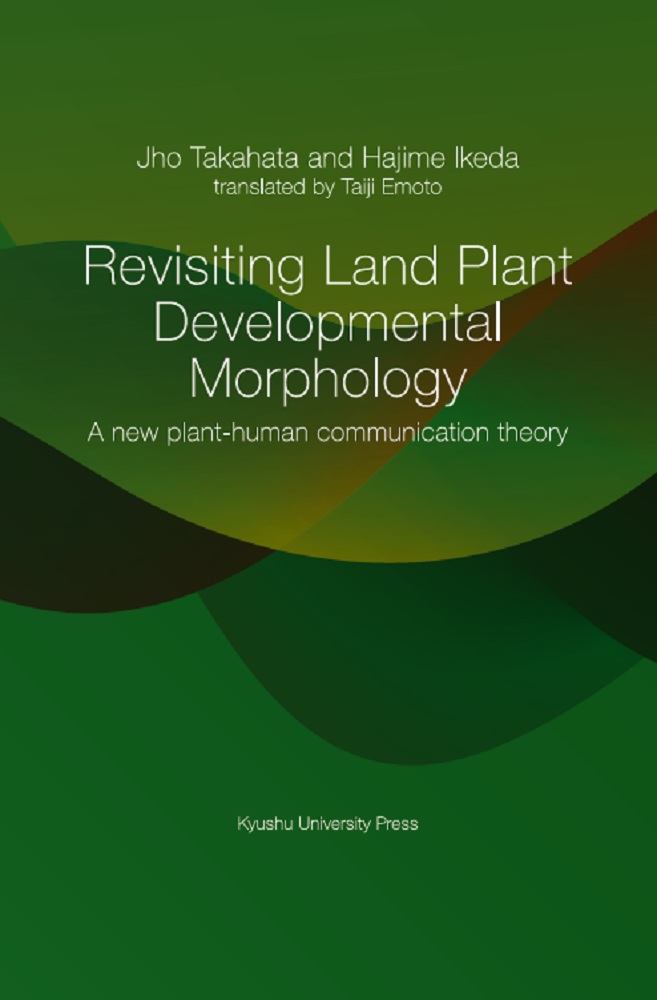Introduction
This book entitled Land Plant Developmental Morphology have been looked forward expectantly to the implementation of the publication by researchers and students of both botanical science and agronomy all over the world. A great number of the books on plant morphology have been published. However, any of those books published for students and researchers is not able to meet their expectations of the students and researchers. Thus, finally the present authors have published this book through a little too late.
In this “Revisiting Land Plant Developmental Morphology”, land plant forms are produced by the pile-up method (like the built-in method in the case of animals). This piling up is conducted according to three factors (or dominant causes): dimension factor, developmental factor and mirror image factor. For example, the dimensions of the units piled up are described to be quaternary, tertiary and secondary dimension levels for angiosperms, ferns and mosses, respectively; that is, cell, leaf-internode unit, developmental unit, and organization unit for angiosperms (or an individual). The mirror image factor indicates the direction or inclinations of the pilling up for the above-mentioned units. For the developmental factor, the units start in the vegetative stage and finally end in the last stage, the reproductive stage through the transition stage, and together, these developmental units comprise the organization unit (an individual) of angiosperms.
In this revisiting land plant developmental morphology, the authors describe the mirror image factor to play an important role for the processes of plant development. For example, in the observation of the events of plant developments, the authors newly found that the mirror image factor prescribed the morphogenesis of plants. The entity prescribed the mirror image factor is proved mathematically, and the contents are detailed in this book.
The authors believed that the forms of objective plants could not be recognized until forms can identified on the basis of the three factors, or Trinitarian factors proposed in this book.
Fabre regarded the form of the plant individual as being part of the same colony formed by the greater part of plants, as in a colony of individual polyps. He stated that the great part of plants consists of not a single organization but an aggregation of individuals, i.e., a society of individuals, namely that a tree consisting of individuals piling up yearly in turn. Generally, those forms of individuals are not regarded as being the true forms in modern biology. However, the authors believed that their view is almost the same as that of Fabre based on their study of land plant developmental morphology. They recognized that the forms of individuals were made much more clear on the basis of the three factors.
The authors had never heard that ‘men feel the auras of plants’. In fact, they could not attain the state before this investigation, however, they felt that the plum tree was full of life for the reserved individual vigorously elongate upright in an unrestricted way to give human beings an impression of vitality.
As an individual plant in the metapopulation has been identified by the observational way proposed by the present authors, many researchers will be able to readily study both the growth and the development of not metapopulations but of the respective individual of plants. At the same time, if you adopt this method of observation, you will elucidate the physiological relationships among plant individuals in a colony.
This new concept will contribute to not only agricultural science but also to natural science.
The authors hoped that people would learn from plants; that is, plants continue giving hints on life through communication to people, who improve the lives of mankind.


